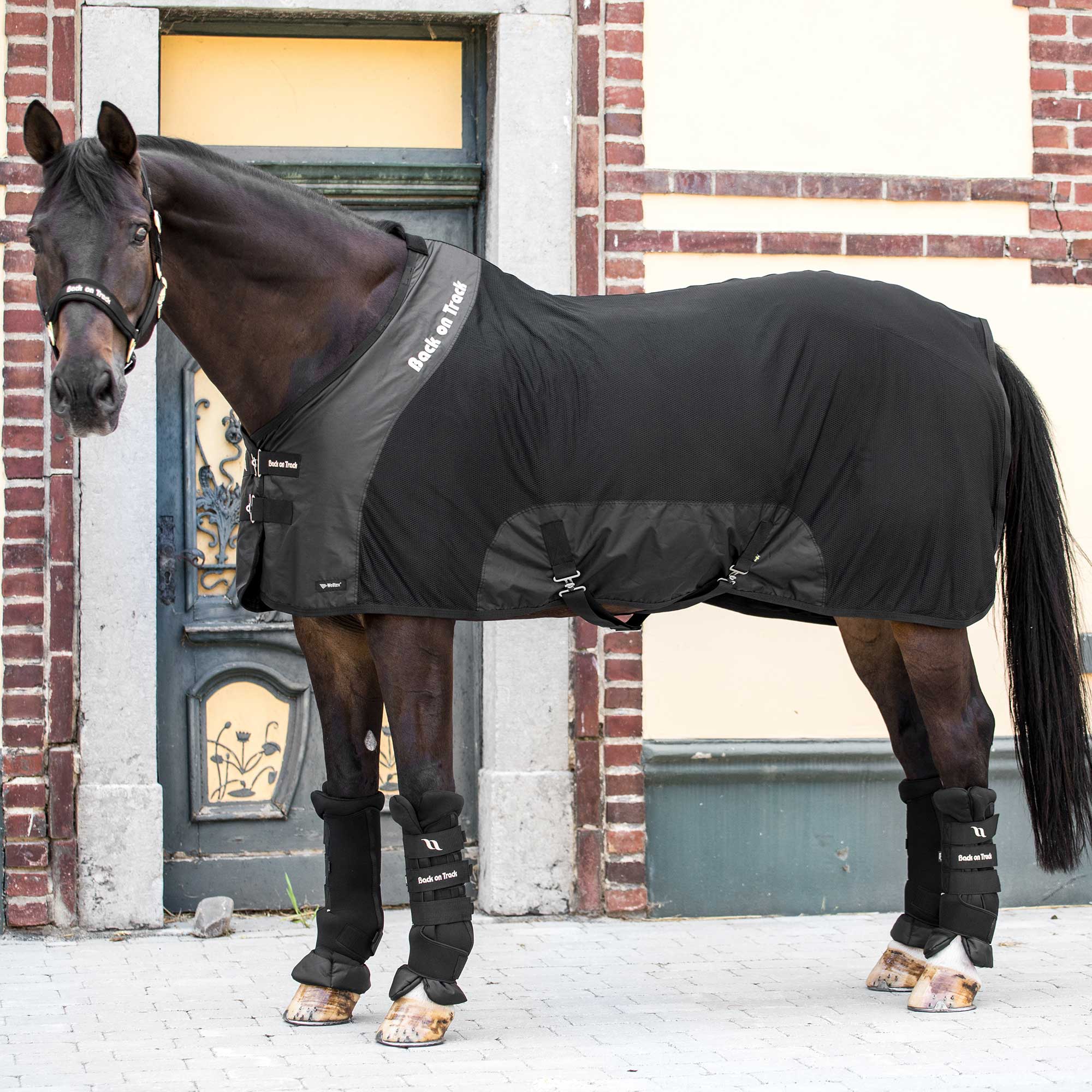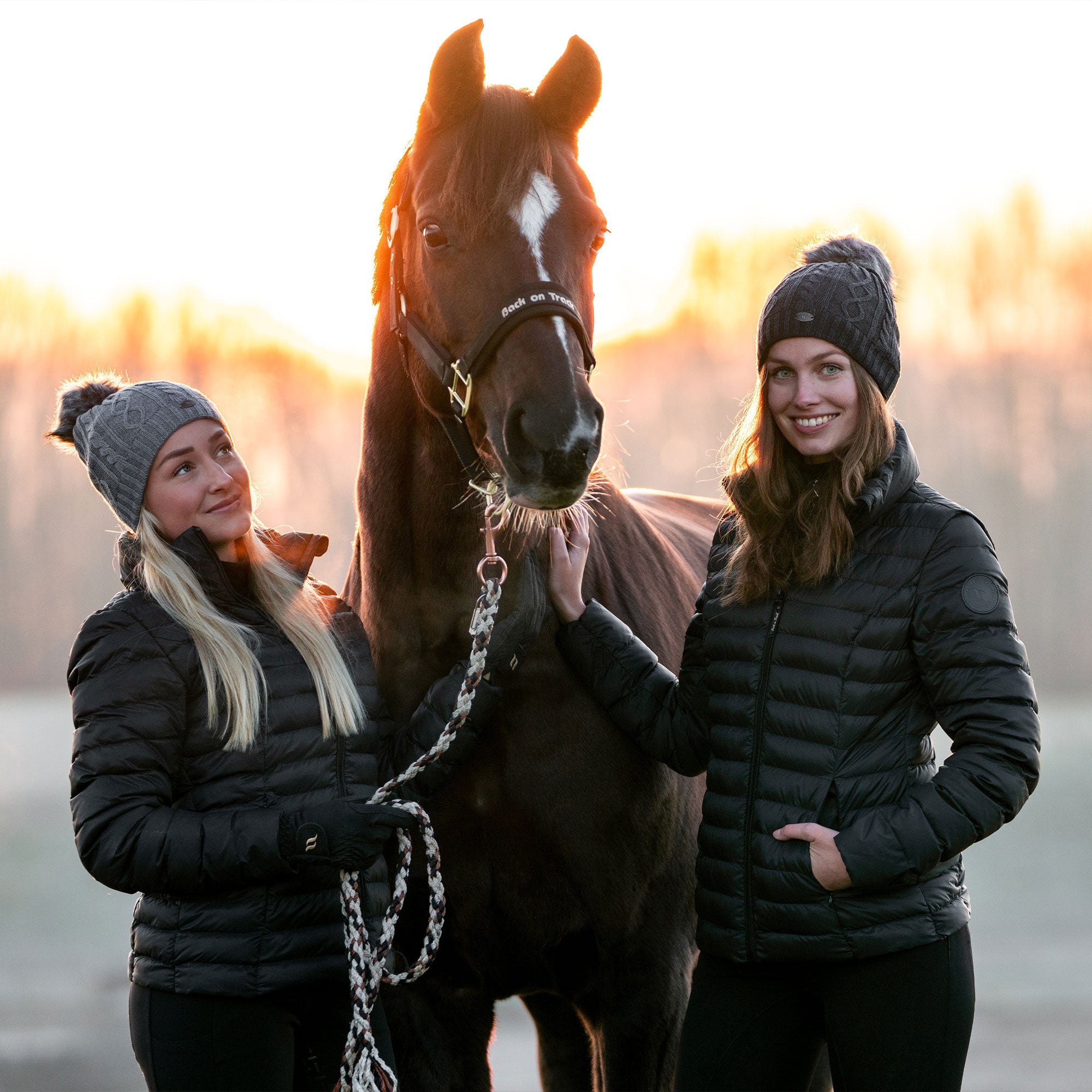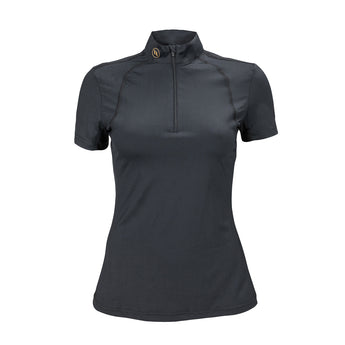Many horse owners look forward to spending more time at the barn during the long summer days. But when the temperatures rise, so does your horse's risk of heat stress. Like us, horses are sensitive to heat and require targeted management during the summer.
Keep reading to learn seven essential tips for keeping your horse safe and comfortable in hot summer weather.
1. Encourage Hydration
Horses lose significant amounts of water in sweat on hot, humid days. This water loss can lead to dehydration if your horse doesn't drink enough water. Your horse's daily water intake can double or even triple in hot weather, so providing access to clean, fresh water 24/7 is a must.
Offer cool water in a location where your horse naturally spends his time. Regularly clean water buckets and troughs to prevent algae buildup.
Providing access to free-choice salt can promote thirst and encourage hydration. Horses also lose electrolyte minerals in their sweat, so consider adding electrolytes to summer feed rations. Electrolyte deficiencies can lead to muscle cramps, fatigue, and poor recovery.
Soaking hay and feed can help increase water intake during the summer. Soak hay and feed in cool water 30 minutes before feeding. Letting soaked hay or feed sit for extended periods in the heat can cause mold growth.
2. Provide Shelter
The sun is more intense during the summer. Providing shelter from the sun helps your horse stay cool and escape the intense sunlight. If your horse is turned out, ensure he has access to a shady spot in the pasture or a run-in shed.
If your horse has a stall, consider bringing your horse inside during the day and turning out overnight. Night turnout allows horses to graze and exercise while the temperatures are low and bugs aren't active. Turn out early to avoid the midday heat if your horse is on day turnout.
Some horses can develop sunburn if they have white skin on their nose. If your horse is outside during the day, use sunscreen to protect this delicate area.
3. Maintain Air Flow
If your horse stays inside during the day, air flow in the barn is crucial. On hot days, air quality can quickly deteriorate in unventilated barns. Keep windows and aisle doors open to encourage airflow, which will also help keep the barn cool.
Stall and aisle fans are vital during the summer. Be sure they’re in good working order and mounted where horses cannot reach the cords. Stall fans can also help prevent flying insects from landing on your horse.
4. Use Fly Control
Bugs are the bane of every horse owner during the warmer months of the year. Summer fly control can help keep bugs out of your barn and off your horse. Topical fly control products, feed supplements, barn fly spray systems, and manure control are some management tools to help diminish the number of hovering insects.
Flies and biting insects bother horses during the summer, leading to skin irritation, stomping, and stress. Use fly sheets, masks, and boots to protect your horse during turnout. Some horses sensitive to bugs may need to wear fly protection inside.
Topical fly sprays and ointments can also help keep flies off your horse. Use topical fly protection during exercise to avoid flies ruining your ride.
It’s tough for any horse to focus when gnats, flies, and mosquitoes swarm his ears. A good fly bonnet helps keep those irritating bugs from distracting your horse. Back on Track® fly bonnets provide fly protection with the added benefit of our Welltex® fabric.
5. Monitor Footing
The warmer months are often drier, which can impact your arena footing. Dry weather can sometimes make your footing hard or uneven, putting additional strain on your horse’s joints.
Try to minimize hard or fast work on hard ground. You also want to do what you can to keep your arena footing in good shape. Watering and dragging your arena can help maintain footing quality.
Splint boots and polo wraps can support your horse’s legs while working. Wrapping your horse’s legs for a few hours or overnight after a hard workout or trail ride can help reduce potential swelling. Back on Track has a selection of leg boots and wraps to help your horse’s legs during and after riding.
6. Avoid Exercise in Extreme Heat
Intense exercise in extreme heat and humidity can cause horses to overheat. Stay safe and avoid riding or training when the combined air temperature (F) and relative humidity exceed 150. Horses not acclimated to heat may have a lower threshold for avoiding exercise.
Consider working horses during cooler periods of the day, such as the early morning or late evening. Avoid working during the hottest time of the day, in the afternoon. Ride in a covered arena to limit sun exposure if available at your barn.
7. Cool Down Properly
Cool your horse down properly after exercise to return the horse's body temperature to normal. Immediately remove all tack and boots after your ride to prevent your legs from overheating.
Hose your horse down to remove sweat and cool them down, then use a sweat scraper to remove excess water. Consider using cooling boots on your horse's legs and allow them to rest in a shaded area with a fan and clean drinking water.
Use a Cool on Track® Cooling Towel on areas you want to cool more after hosing down. Cool on Track products use a technical material to cool your horse effectively through evaporation.
Learn More from Back on Track
Keeping your horse healthy and happy year-round is your goal. Back on Track is here to support you through every season with products that help you, your horses, and your dog's achieve a more active and comfortable life.
Follow us on Facebook @backontrack.USA and Instagram for more tips @backontrackusa
Sign up for the Back on Track newsletter and never miss a blog post












